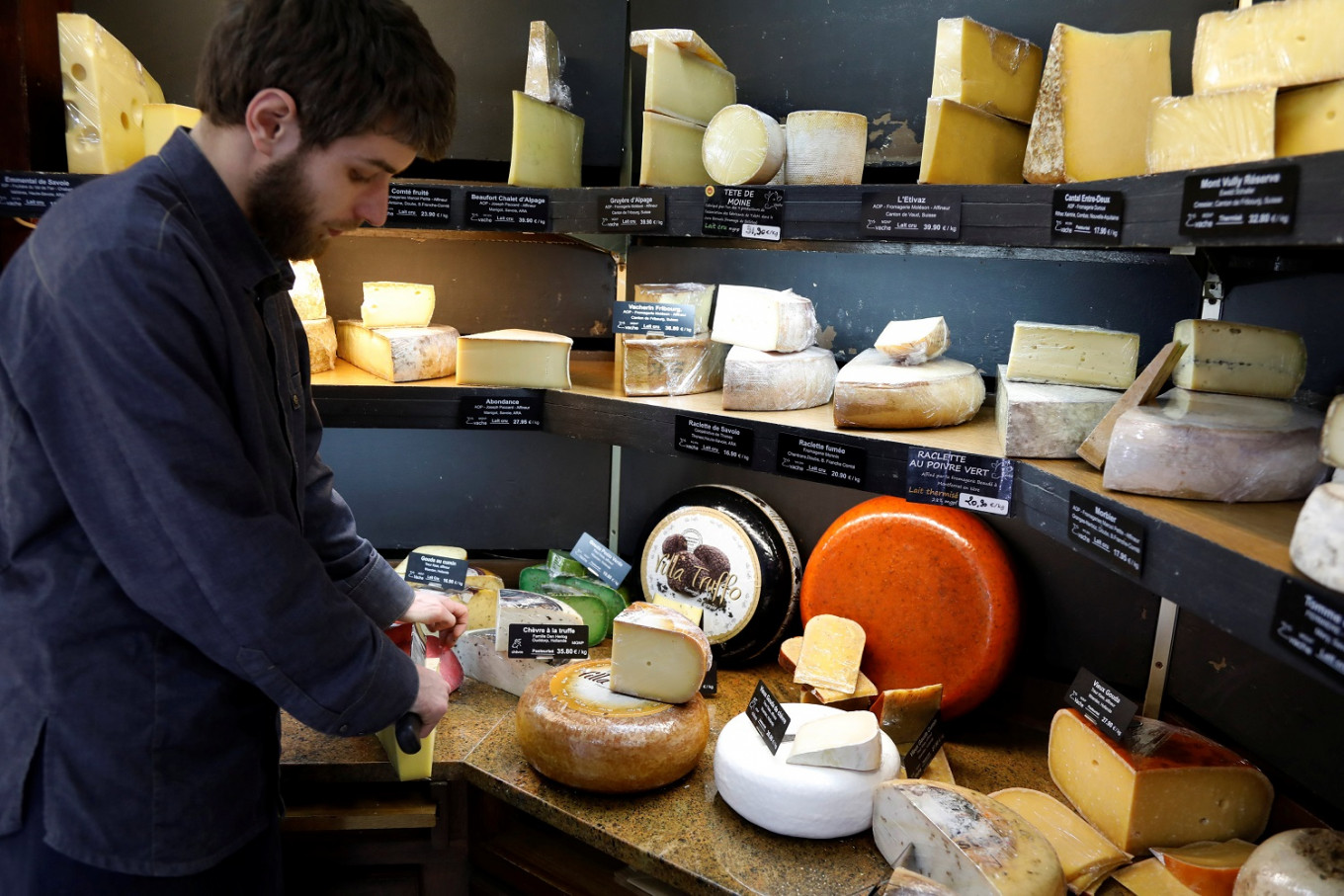From Thomastown to Your Table: The Excellence of Floridia Cheese Melbourne
From Thomastown to Your Table: The Excellence of Floridia Cheese Melbourne
Blog Article
Opening the Secrets of Artisanal Cheese Making: A Detailed Do It Yourself Guide
In the world of culinary craftsmanship, artisanal cheese making stands as a testimony to the delicate balance between custom and advancement. Each action in the process, from picking the right milk to improving aging strategies, holds within it a riches of knowledge passed down with generations. As we get started on this trip to debunk the art of creating charming cheeses, we are faced with a tapestry of skills and tricks waiting to be deciphered. Join us as we check out the ins and outs of this ancient craft, where perseverance, science, and art assemble to create flavors that tantalize the senses.
Picking the Right Milk
When embarking on the trip of artisanal cheese making, the selection of milk plays an essential duty in figuring out the high quality and qualities of the final item. The type of milk chosen influences the flavor, texture, and in general account of the cheese.
Additionally, the resource of the milk, whether from cows, goats, sheep, or buffalo, adds distinct flavors and qualities to the cheese. Each kind of milk brings its own nuances, permitting for a wide array of cheese varieties to be crafted based on the picked milk.
Culturing and Coagulating
To start the cheese-making process, the crucial steps of culturing and coagulating need to be meticulously executed to transform milk into curds and whey. Culturing involves introducing useful germs to the milk, which after that starts the fermentation procedure. These germs transform lactose (milk sugar) right into lactic acid, developing the acidic environment required for coagulation. The sort of society utilized can dramatically affect the flavor, structure, and ripening of the final cheese product.

The timing and temperature level control throughout culturing and coagulation are essential variables that influence the final outcome of the cheese. Proper execution of these actions is important to ensure the wanted structure, flavor, and consistency of the artisanal cheese being generated.
Draining and Pressing Curds
After the milk proteins have actually coagulated and the curds have been reduced to release whey, the following critical action in artisanal cheese making involves draining and pushing the curds to achieve the wanted structure and uniformity of the final cheese item. Draining is the process of Click This Link dividing the curds from the whey. This can be done by transferring the curds right into a cheesecloth-lined colander or mold and mildew and allowing the whey to drain pipes off naturally. The moment for draining can vary depending on the kind of cheese being made and the desired dampness content.
Pushing aids get rid of any kind of remaining whey and compacts the curds to form a solid cheese wheel. Proper pushing and draining pipes are important steps that dramatically impact the quality and qualities of the artisanal cheese being created.
Aging and Flavor Strategies
Executing thorough aging and flavoring methods is critical in improving the deepness and complexity of artisanal cheeses, raising their preference accounts to charming levels of improvement and sophistication. Aging plays a crucial duty in creating the special flavors and textures that identify artisanal cheeses. Throughout the aging process, cheeses are stored in carefully managed atmospheres where elements such as moisture, temperature level, and air flow are controlled to motivate the development of valuable molds and microorganisms. This regulated environment permits the cheese to mature slowly, creating intricate aromas and abundant flavors.
Seasoning methods likewise add dramatically to the final taste of artisanal cheeses. Cheesemakers may select try here to present extra tastes by including components such as natural herbs, flavors, and even fruits right into the cheese during the production process. Furthermore, some cheeses are cleaned or massaged with various liquids, such as salt water or alcohol, to boost their appearances and flavors.
Wrapping and Storing Cheeses

Final Thought
In final thought, understanding the art of artisanal cheese making involves very carefully picking the right milk, following specific culturing and coagulating procedures, draining and pushing curds efficiently, and using different aging and flavor strategies. Remember to wrap and save your cheeses properly to guarantee ideal flavor and structure advancement.
Each try this out type of milk brings its own subtleties, enabling for a large array of cheese ranges to be crafted based on the picked milk.After the milk healthy proteins have actually coagulated and the curds have actually been cut to release whey, the next vital action in artisanal cheese making entails draining pipes and pushing the curds to attain the desired texture and consistency of the final cheese product. A lot of cheeses need to be wrapped in wax paper or cheese paper to enable them to take a breath while shielding them from drying out. For cheeses that require to proceed aging, such as bloomy skins or washed rinds, ensure they are saved in an awesome environment like a cheese cave or a fridge established to the ideal temperature level. By paying interest to the wrapping and storage of artisanal cheeses, cheese manufacturers and fanatics can maintain the stability of these delicacies and fully appreciate their intricate flavors.
Report this page